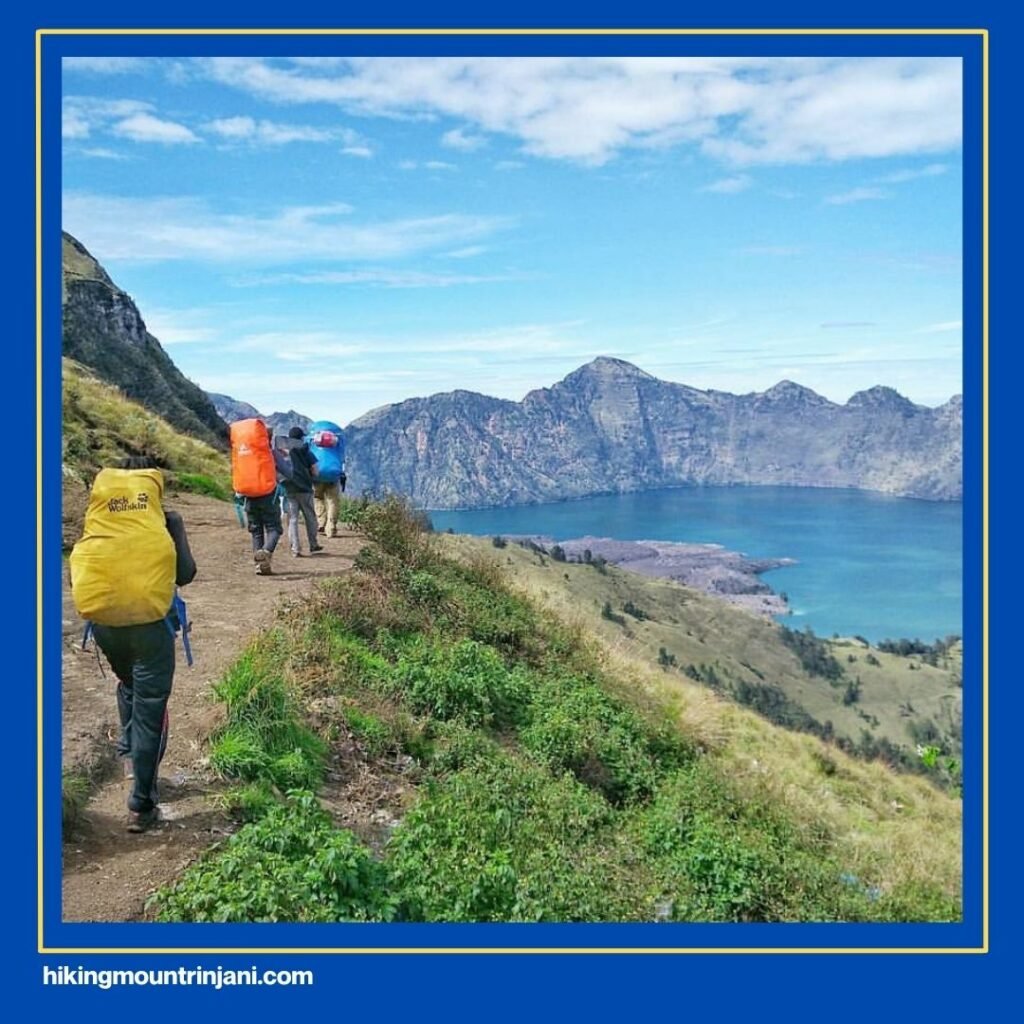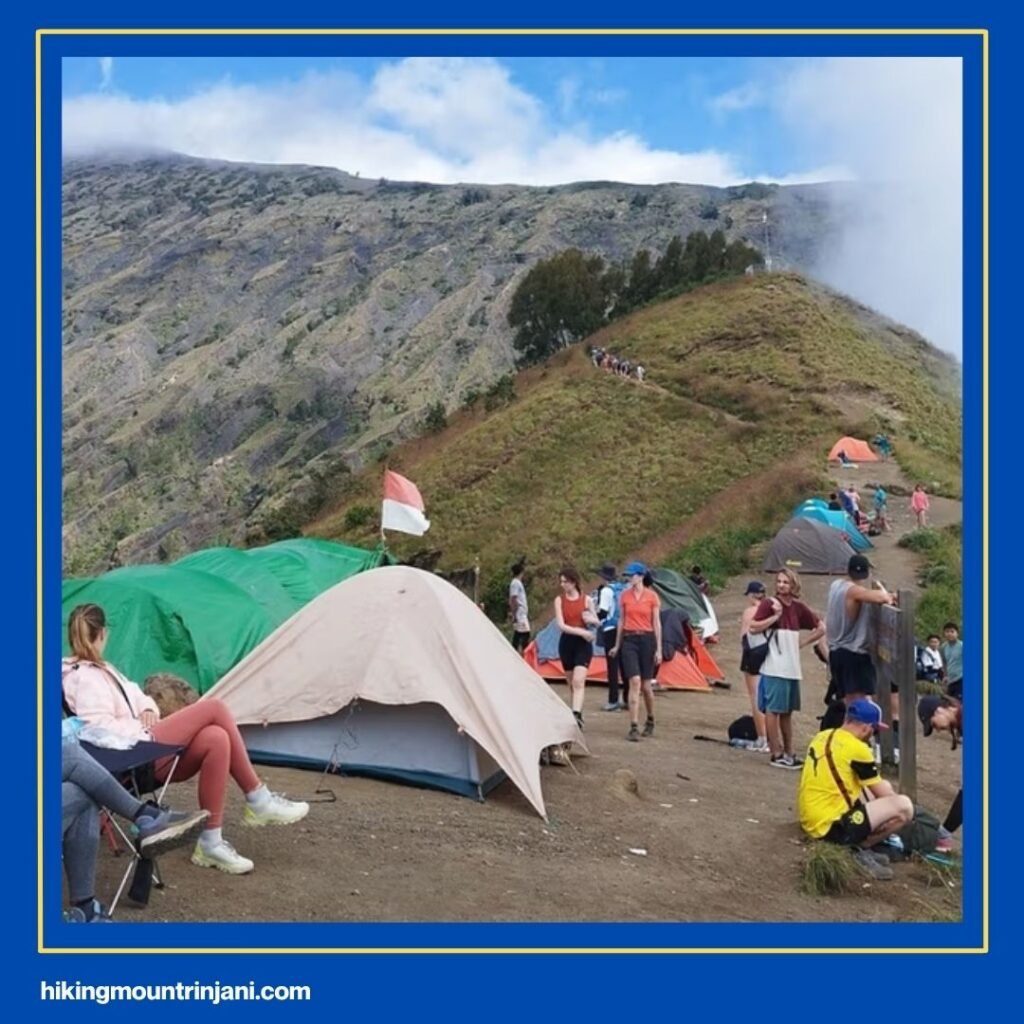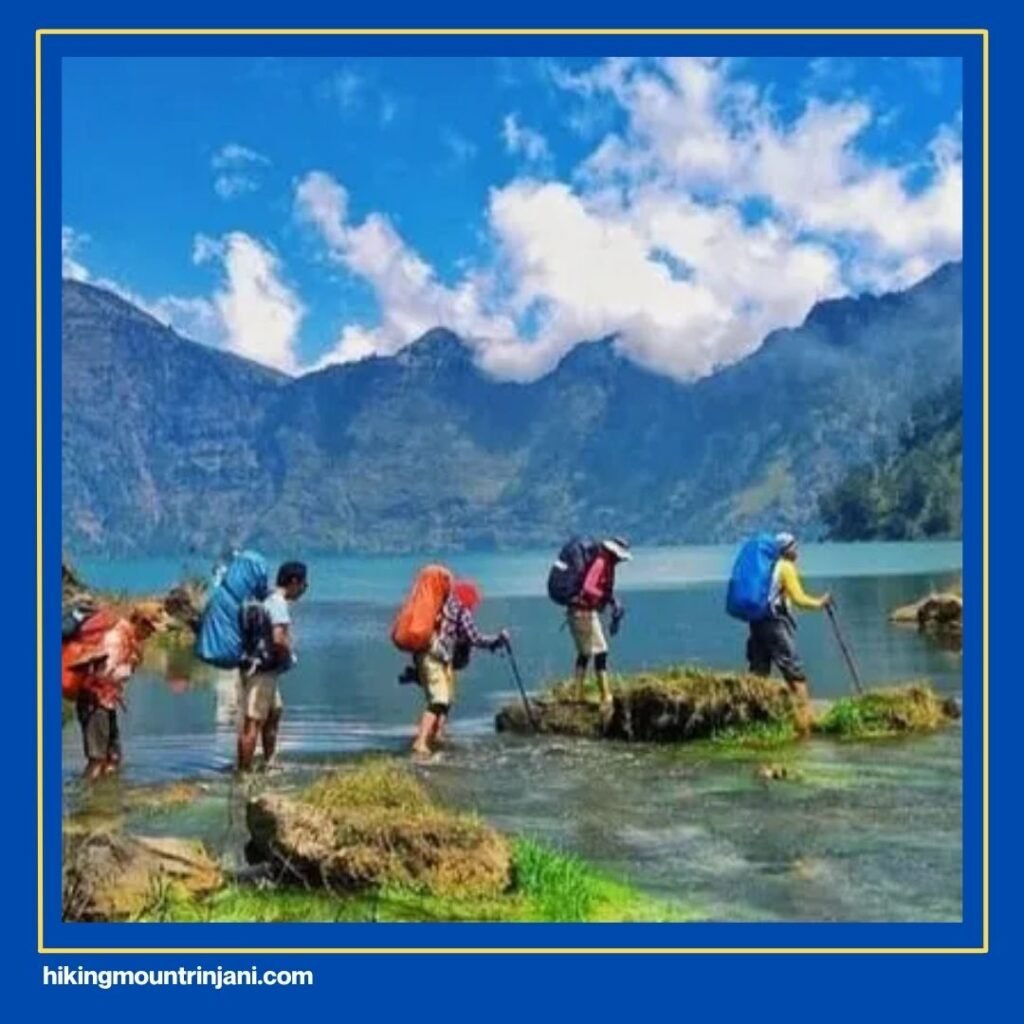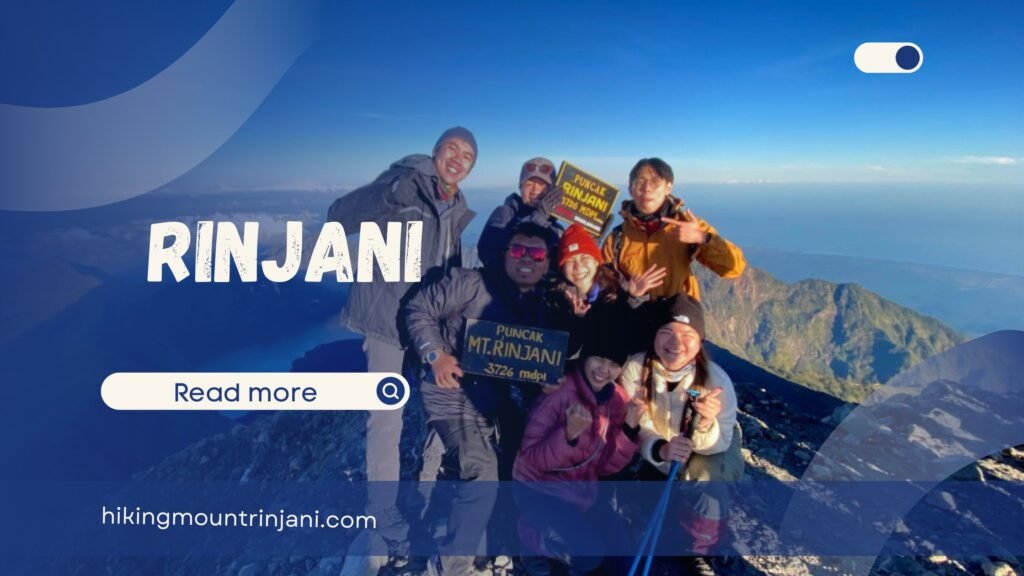Perched majestically in the northern part of Lombok Island, Mount Rinjani is not just a mountain; it’s a living, breathing stratovolcano, an iconic symbol of Indonesia’s raw natural beauty, and a spiritual sanctuary. Standing tall at 3,726 meters (12,224 ft), it’s the second-highest volcano in Indonesia, beckoning adventurers from across the globe. If you’re seeking a challenge that rewards you with unparalleled panoramic views, diverse ecosystems, and a profound sense of accomplishment, then a trek up Rinjani should be at the top of your bucket list.
The experience of trekking Rinjani is more than just a physical feat; it’s a journey through lush rainforests, across vast savannahs, to the ethereal beauty of a crater lake, and finally, to a breathtaking summit that offers views stretching across the entire island of Lombok, the Gili Islands, and even to Bali’s Mount Agung on a clear day. This guide will walk you through what you need to know to prepare for this incredible adventure.
Why Trek Rinjani? The Allure of Lombok’s Giant

What makes Rinjani so captivating? It’s a combination of factors that create a truly unique trekking experience:
- Spectacular Views: From the turquoise waters of Segara Anak crater lake to the sweeping vistas from the summit, every step offers a new postcard-perfect scene.
- Diverse Ecosystems: Trekking Rinjani means traversing various landscapes, from dense tropical rainforests teeming with wildlife (like the elusive black monkey) to vast, open savannahs higher up.
- Spiritual Significance: For the local Sasak people and Balinese Hindus, Rinjani is a sacred place. Pilgrimages are made to the lake and summit for ceremonies and offerings.
- Challenging but Rewarding: While it’s a demanding trek, the sense of achievement upon reaching the summit, especially for sunrise, is an experience that stays with you forever.
- Hot Springs: After a grueling hike, the natural hot springs near Segara Anak Lake offer a therapeutic soak, perfect for easing tired muscles.
Essential Information for Your Rinjani Trek

Planning a trek to Rinjani requires careful consideration. Here’s what you need to know:
Mount Rinjani National Park
- Address: The main entrances (trekking gates) are in Senaru Village (North Lombok) and Sembalun Village (East Lombok). These are where you register and begin your trek.
- Opening Hours: Mount Rinjani National Park is generally open for trekking from early April to early January each year. It typically closes during the rainy season (January to March) for safety and conservation reasons due to heavy rains, strong winds, and slippery trails. Always check the official opening status before planning your trip, as closures can occur due to volcanic activity or weather.
- Entrance Tickets: The Mount Rinjani National Park entrance fee for foreigners is currently IDR 200,000 per person per day. For Indonesian citizens, it’s IDR 20,000 per person per day. This fee is usually included in reputable trekking package prices.
Facilities and Rules
- Facilities: At the official trekking centers in Senaru and Sembalun, you’ll find registration points, small shops for last-minute supplies, and basic restrooms. Along the trekking routes, there are designated campsites with very basic toilet facilities (often just a pit latrine). Water sources are available at various points, often from natural springs, but these are filtered and carried by porters.
- Rules:
- Mandatory Guide & Porter: It is mandatory to trek Rinjani with a licensed guide and porters. This is for your safety, environmental protection, and to support the local community.
- Limited Daily Quota: There’s a daily limit of 240 trekkers allowed on the mountain across all routes to minimize environmental impact. Booking in advance is highly recommended.
- Environmental Responsibility: “Leave No Trace” is strictly enforced. All trash must be carried down the mountain. Do not litter, vandalize, or disturb wildlife.
- Health Check: A medical check-up is often required or highly recommended, especially for longer treks.
- Physical Fitness: Rinjani is a strenuous trek. A good level of physical fitness and prior hiking experience is highly recommended. Train beforehand!
- Safety Briefing: Listen carefully to your guide’s safety briefings and follow all instructions.
Trekking Routes
There are three main official routes to trek Rinjani, each offering a different experience:
Senaru Route
This route starts from Senaru village (600m ASL) and is often chosen for the 2-day/1-night trek to the Senaru Crater Rim (2,641m ASL). It passes through dense tropical rainforest, offering lush scenery and a good chance to see wildlife. The trek to the rim is challenging but achievable for those with moderate fitness. From the rim, you get incredible views of Segara Anak Lake and the summit. It’s often considered the more scenic ascent to the crater rim itself.
- Distance/Duration to Rim: Approx. 7.5 km, 5-6 hours.
Sembalun Route
Starting from Sembalun Lawang village (1,100m ASL), this is the preferred route for those aiming for the Rinjani summit (3,726m ASL). The initial sections are through open savannah, which can be hot but offers expansive views. The ascent to the summit from the Sembalun crater rim is particularly challenging due to loose volcanic scree.
- Distance/Duration to Rim: Approx. 10 km, 6-7 hours.
Torean Route
This is a newer official route, starting from Torean village (585m ASL). It’s known for its stunning waterfalls and dramatic landscapes, sometimes dubbed the “Jurassic Park” route. Often chosen for longer treks (e.g., 4 days) and can be less steep in some sections compared to the other routes. It’s also an alternative for descending after a summit trek.
Trekking Durations

- 2 Days / 1 Night: Typically to the Senaru Crater Rim (from Senaru) or the Sembalun Crater Rim/Summit (from Sembalun, highly challenging for 2 days).
- 3 Days / 2 Nights: The most popular option, often combining Senaru and Sembalun, allowing time for the summit, the lake, and the hot springs.
- 4 Days / 3 Nights: Recommended for a more relaxed pace, allowing full exploration of the lake, hot springs, and summit with more recovery time.
What to Pack (Essentials)
- Warm Clothing: Layers are crucial! Temperatures can drop dramatically at night and on the summit. Include a warm jacket, hat, gloves, and thermal wear.
- Rain Gear: A waterproof jacket and pants are essential, even in the dry season.
- Sturdy Hiking Boots: Ankle support and good grip are vital for the varied terrain.
- Daypack: For your essentials during the daily hikes.
- Headlamp/Flashlight: Essential for night treks to the summit or around camp.
- Water Bottle/Hydration Pack: Your porters will carry most of the water, but you’ll need a personal supply for immediate hydration.
- Personal Medications & First Aid Kit: Blister pads, pain relievers, and any personal prescriptions.
- Sun Protection: Use sunscreen, wear sunglasses, and opt for a wide-brimmed hat.
- Snacks: Energy bars, nuts, and chocolate for personal boosts.
- Camera: To capture the incredible scenery!
- Trekking Poles: Highly recommended for stability and reducing strain on your knees, especially during descents.
Ready for Your Rinjani Expedition?
Trekking Rinjani is a profound experience that pushes your limits and rewards you with natural beauty that surpasses imagination. It’s an adventure that requires preparation, respect for nature, and the right support.
For the ultimate Mount Rinjani trekking experience, look no further than Hiking Mount Rinjani (hikingmountrinjani.com). As a dedicated local specialist, they provide an unparalleled service to ensure your climb is not only successful but also incredibly memorable.

